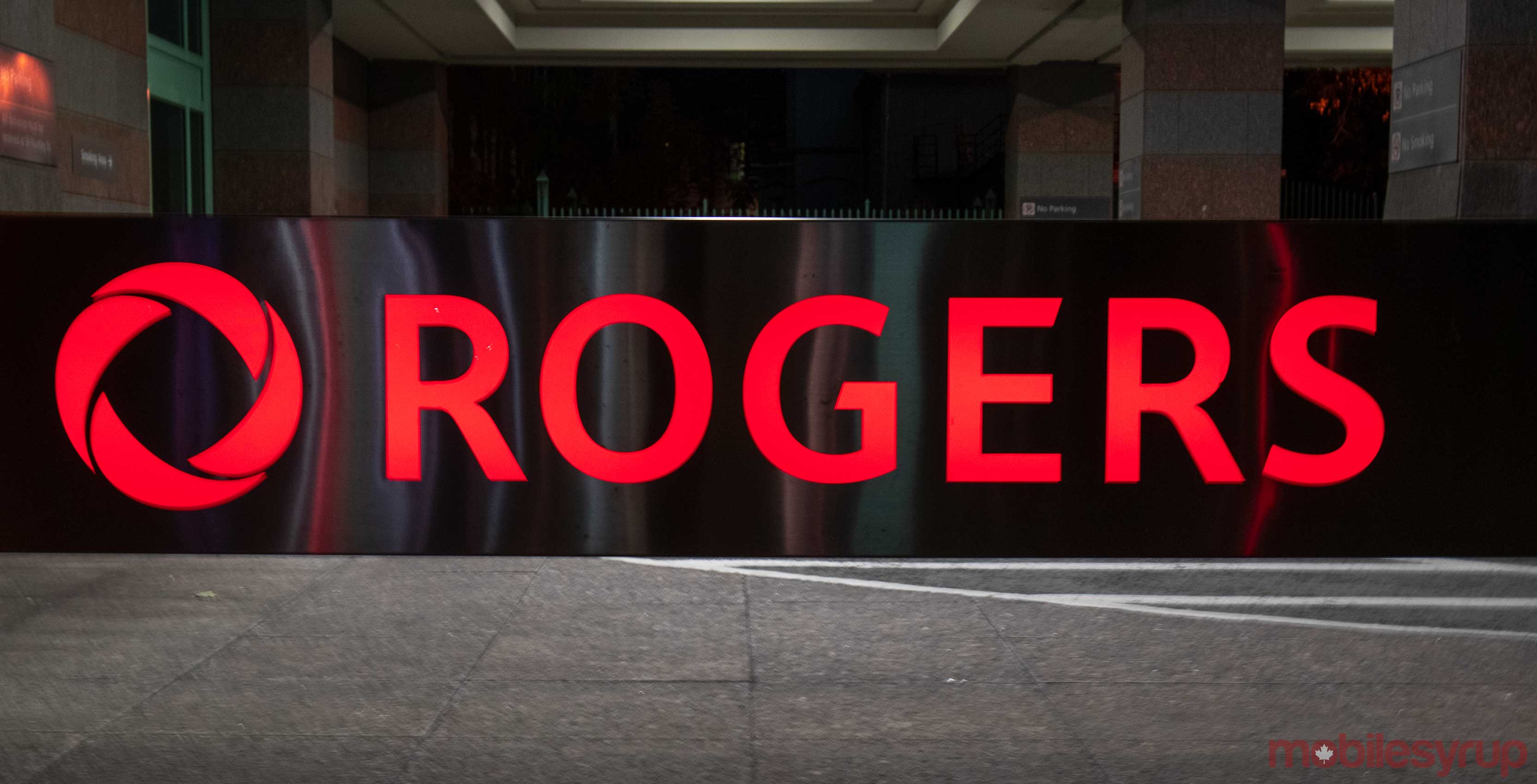
According to Scotiabank’s analysis, Toronto-based national carrier Rogers is expected to have lower overage revenue, average revenue per user (ARPU) and service revenue growth in its Q3 2019 results.
This is because the migration to the carrier’s recently announced unlimited plans happened faster than expected, according to the bank’s telecom analyst Jeff Fan.
On June 12th, Rogers was the first to announce $75 unlimited data plans with no overage fees. The unlimited data plans start at $75 CAD for 10GB of high-speed data.
Q3 2019 will be the first full quarter to reflect the impact of the unlimited data plans on the carriers’ revenue growth, net subscriber additions, ARPU, average billing per user (ABPU) and churn rate.
Since Q3 2019 is the first quarter to fully reflect the effects, it is predicted that the data overage decline will “lap by mid-2020 as the trend is expected to improve” by Q3 2020.
Rogers is set to release its Q3 2019 results on October 23rd.
The report predicted that net subscriber additions are expected to be 165,000 for Q3 2019, an increase compared to the 124,000 net additions in Q3 2018.
The blended ABPU for Q3 2019 is expected to be $67.79, while it was $66.20 in Q3 2018. Further, the blended ARPU is predicted to be $57.38 for Q3 2019. The blended ARPU was $57.21 in Q3 2018.
Additionally, the postpaid churn rate for Q3 2019 is predicted to be 1.12 percent. In Q3 2018, Rogers reported a churn rate of 1.09 percent. Churn rate is the rate at which a subscriber leaves a carrier to subscribe to a competitor.
“The launch of the new unlimited campaigns and attractive device subsidies during the back to school period by its peers also caused more sales and switching activities compared to last year resulting in higher [year over year] churn rates with postpaid net adds down slightly [year over year],” the report reads.
It is expected that the wireless service revenue growth will improve once data “overage impact laps and churn stabilizes.”
Fan predicts that the expected revenue growth guidance of three to five percent is probably not achievable, and that the lower end of seven to nine percent is more realistic.
“Despite the revenue impact, we think [Rogers] is doing a good job in delivering stable wireless [earnings before interest, tax, depreciation and amortization] EBITDA growth by managing cost and driving some device subsidy savings, albeit not as much as initially expected,” the report reads.
Source: Scotiabank
MobileSyrup may earn a commission from purchases made via our links, which helps fund the journalism we provide free on our website. These links do not influence our editorial content. Support us here.


